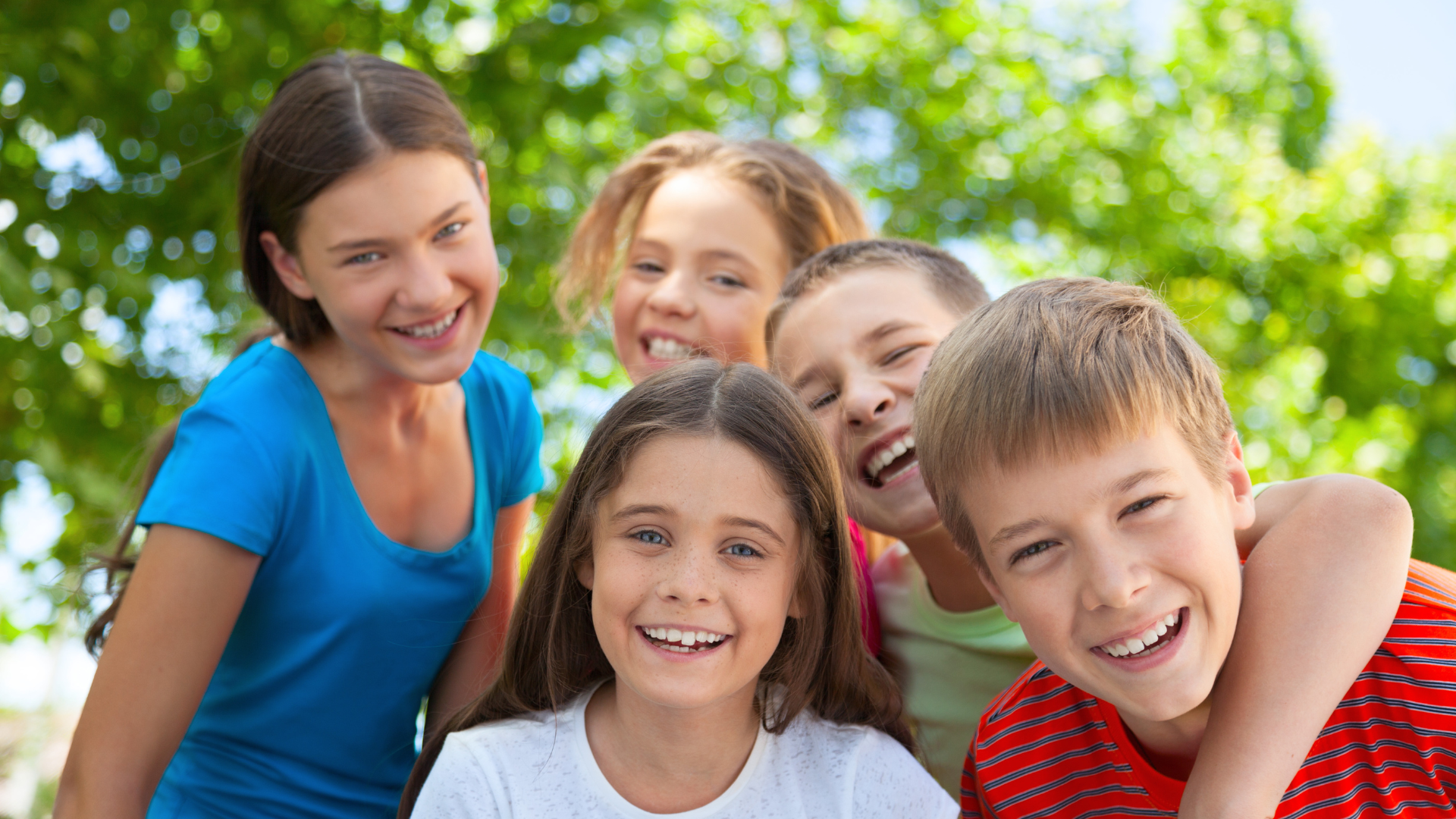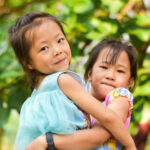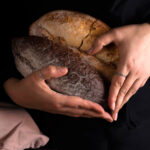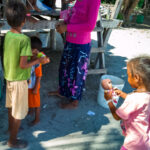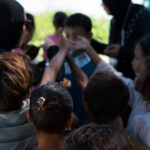We all know that growing up is a natural part of life, but do you know exactly what stages of human development you will grow through? In this blog post, we will explore the life stages of human development from birth to adulthood. From infancy to early adulthood, learn about the structure and purpose of each step and how they contribute to our overall growth and development.
What is Human Development?
The first stage of human development begins at birth. This is when the baby is born and starts to grow and develop. The second stage of human development is infancy, from birth to about one year old. This is when the baby begins to learn how to walk, talk, and eat. The third stage of human development is childhood, from about one year to nearly seven years old. This is when the child starts to go to school and learn more about the world around them. The fourth stage of human development is adolescence, from about seven to about eighteen years old. This is when the teenager starts puberty and becomes an adult.
Physical Development During Infancy and Toddlerhood
Babies undergo incredible physical changes during infancy and toddlerhood as they learn to sit up, crawl, stand, and walk. As they become more mobile, they also explore their environment more, which helps them develop their fine and gross motor skills. During this stage, babies must have opportunities to practice these new skills. Providing safe spaces for crawling and exploring, as well as plenty of toys and objects to manipulate, will help encourage your child’s physical development.
Cognitive and Social Development During Early Childhood
Cognitive and social development during early childhood is crucial for a child’s future success. In these formative years, children acquire the ability to think, solve problems, and interact harmoniously with others. The majority of cognitive development takes place in the first three years of life, when babies learn to think and comprehend their surroundings. They utilize their senses to explore the world and begin grasping cause-and-effect relationships: understanding the consequences of their actions.
However, this pivotal developmental stage can be disrupted by conditions like Cerebral Palsy, a neurological disorder impacting muscle control, coordination, and often cognitive functions. Such conditions may result from birth injuries caused by medical negligence, prompting families to pursue legal action against healthcare professionals for justice (for legal guidance, one can click on this link). For children grappling with these challenges, successfully navigating the intricacies of cognitive and social development may necessitate additional support and tailored interventions, ensuring they have the necessary tools and resources to thrive despite the obstacles they face.
That being said, it is worth noting that in typically developing children, social development begins with a foundation of feeling safe and secure. Babies learn this assurance from the love and care provided by those around them. As they mature, children acquire skills such as sharing, cooperation, and integration into social groups.
Middle Childhood: Physical, Cognitive, and Social Changes
Children experience many physical, cognitive, and social changes in middle childhood. They grow taller and heavier, and their bodies start to look more like those of adults. They also become better at using language and thinking abstractly. And they begin to form closer friendships and other social relationships.
- Physical Changes: Between the ages of 6 and 12, children experience rapid physical growth. They may grow 4 to 5 inches in height and gain 20-30 pounds each year. Their muscles become more robust, coordination improves, and their cardiovascular system becomes more efficient.
- Cognitive Changes: In middle childhood, cognitive development accelerates. Children improve at abstract thinking, problem-solving, and using language to communicate ideas. They also improve their reading and writing skills, understanding of math concepts, reasoning logically, and remembering facts.
- Social Changes: In middle childhood, social relationships become more important. Kids form closer friendships with other children their age and begin to explore different types of relationships (such as romantic ones) with peers.
Adolescence: Physical, Cognitive, and Social Developments
During adolescence, young people experience a range of physical, cognitive, and social developments.
Physical Development:
Adolescents undergo significant physical changes as they go through puberty. This includes changes in height, weight, and the development of sexual characteristics. Adolescents also experience a growth spurt during this period.
Cognitive Development:
Adolescents’ brains continue to develop during this time, and they become better able to think abstractly and understand complex concepts. They also begin to build their identity and think more critically about the world around them.
Social Development:
Adolescents’ social lives become more complex as they form closer relationships with friends and romantic partners. They also become more interested in activities outside the family unit and develop independent social networks.
Adulthood: Physical, Cognitive, and Social Developments
The physical, cognitive, and social developments during adulthood are essential to our continued growth and development. Physical actions during adulthood include the maturing of our bodies and the development of our physical abilities. Cognitive developments during adulthood include expanding our intellectual capabilities and acquiring new knowledge and skills. Social results during adulthood include the formation of close relationships, the development of personal identity, and the achievement of independence.
Physical Development During Adulthood
The physical development that occurs during adulthood includes the maturing of our bodies, increased physical abilities, and continued health maintenance. Muscles become more robust and more efficient with age. As we age, our metabolism slows down and energy levels decline. We may also experience changes in our vision or hearing. Maintaining good health through exercise, healthy eating habits, and regular medical check-ups is essential.
Cognitive Development During Adulthood
Cognitive development during adulthood includes expanding intellectual capabilities such as problem-solving, critical thinking, and abstract reasoning. We also acquire new knowledge and skills throughout adulthood to help us adapt to changing environments or pursue new interests or goals.
Social Development During Adulthood
The social developments that occur during adulthood include the formation of close relationships, the result of personal identity, and the achievement of independence. As adults, we form close relationships with family members, friends, coworkers, and romantic partners, which are essential for emotional support and personal growth.
Old Age: Physical, Cognitive, and Social Changes
The later years of life, often referred to as old age, bring about significant physical, cognitive, and social changes that can impact an individual’s overall well-being and quality of life.
Physical Changes in Old Age
As we grow older, our bodies experience changes that can affect our physical health. We may notice a decrease in muscle mass and bone density, making us weaker and more prone to falls and fractures. Chronic conditions like arthritis, heart disease, and diabetes may become more common. Vision and hearing problems often arise, and we may find it harder to move around easily. In some cases, we might even need Hospitality Support if there is no one to care for us regularly at home.
Therefore, it is important to maintain an active lifestyle by exercising regularly and eating a balanced diet from an early age. This can help reduce some of the physical changes that come with aging.
Cognitive Changes in Old Age
Cognitive abilities may decline with age, impacting memory, attention, and problem-solving skills. However, this process is highly variable, and many older adults maintain their cognitive functions well into their later years. Engaging in mentally stimulating activities, such as reading, puzzles, and social interactions, can help preserve cognitive health. Conditions like Alzheimer’s disease and other forms of dementia can also affect cognitive functioning in old age.
If you live alone and have limited social interaction, you may want to explore various assisted living facilities in harbor point centerville or elsewhere that offer vibrant communities and engaging activities tailored to older adults’ needs. Assisted living facilities provide opportunities for socialization, mental stimulation, and personalized care, promoting overall well-being and cognitive health.
Social Changes in Old Age
The social landscape often shifts during old age. Retirement, the loss of loved ones, and changes in living situations can lead to feelings of isolation and loneliness. Maintaining strong social connections and engaging in community activities can help combat these challenges. Senior living facilities can play a crucial role in promoting social engagement and overall well-being for older adults.
If you are in this stage of life or have a loved one who is, consider exploring different types of senior living facilities mn (if that’s where you are based) to find the perfect fit for your needs and preferences. Whether you’re seeking independent living, assisted living, or memory care services, researching various senior living options can help you make an informed decision about the best facility to support your or your loved one’s social, emotional, and physical well-being.
Human development is a fascinating journey, and our understanding of this process grows yearly. We hope this guide has provided you with an overview of the life stages of human development, from birth to adulthood. This information can help you understand how your children develop physically and emotionally as they progress through these different life phases.


